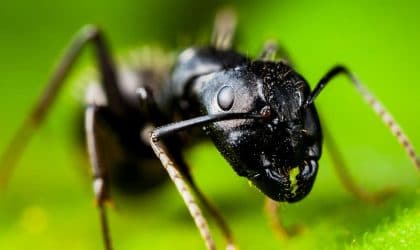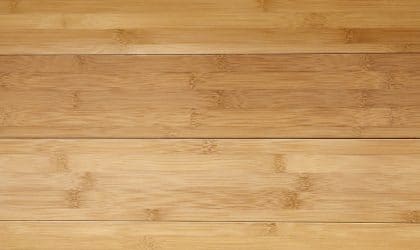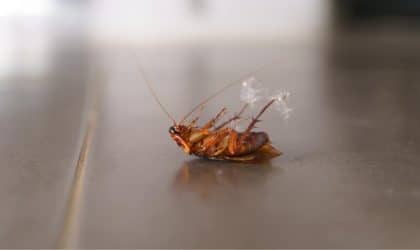Dust Mite Bites or Bed Bugs? How To Tell the Difference
Think you might have dust mite bites but can't tell if it's really a bed bug bite? We compare both types of bites, as well as why bed bug bites are far more likely to happen in most common homes.
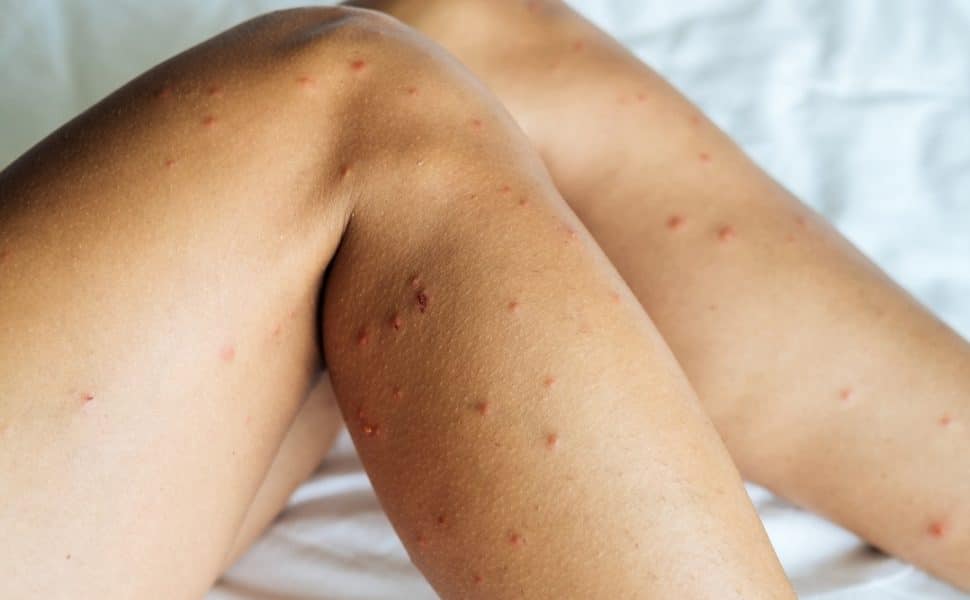
Dust mite bites are merely a myth. You might think you are being bit by something, but actually you are just having an allergic reaction to the dust mite. Not the dust mite itself, the poop of the dust mite. Gross, right?
The reaction is from the stomach enzymes of the dust mites. Your body has a reaction to the waste and…Viola! Bug bites like chicken pox! Dust mite bites can be often times mistaken for other types of bug bites.
So how do you know if you have Dust Mites, or just plain old allergies? Let’s dive in and take a look at how to tell them apart!
How Do I Know I Have Dust Mite Bites?
Some symptoms you might experience if you have dust mites are…
- Sneezing
- Itchy and/or watery eyes
- Nasal stuffiness
- Runny nose
- Stuffy ears
- Respiratory problems
- Eczema
- Asthma (in severe cases)
- Bug bites
You can’t actually see the dust mites. Because you cannot see them the only way of really knowing if you have them is if you are experiencing any of the symptoms listed above. In fact, many people mistake dust mite bites for other insect bites, like bed bugs and mosquitoes, or even scabies bites.
What Do Dust Mites Look Like?
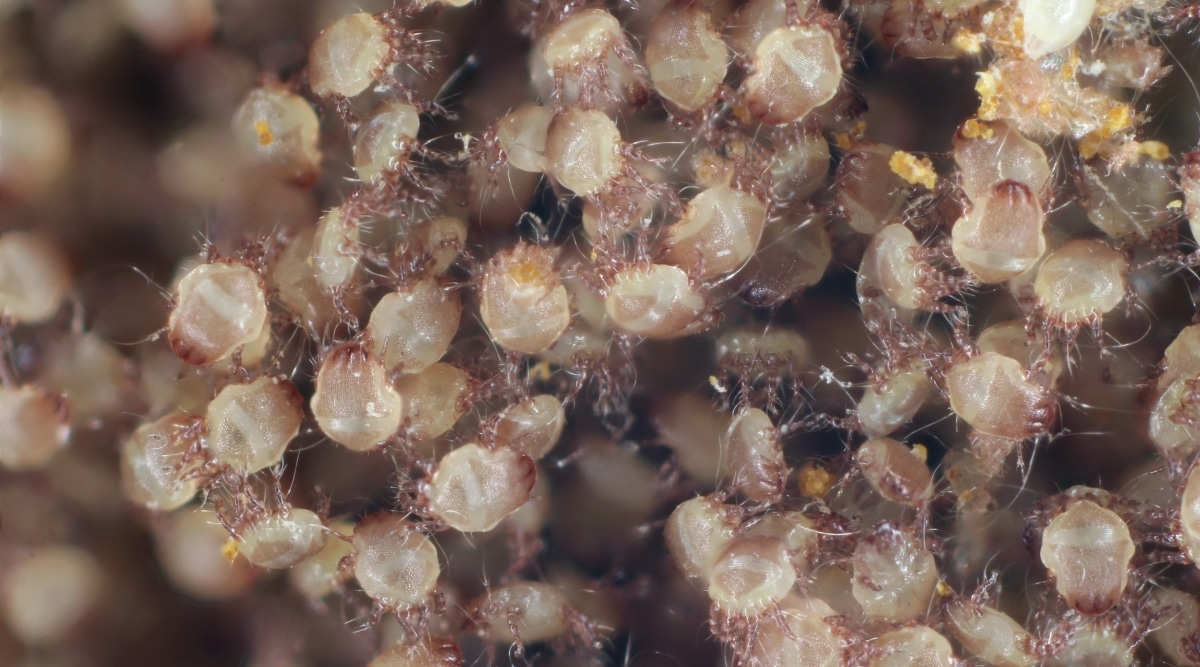
Dust mites are very small; in most cases you cannot see them with just the naked eye. However, if you do have a superhuman eye and want to know what they look then, then here you go! A dust mite is normally less than half a millimeter long. That is a little bigger than this period. (.)
Due to their size, they are able to slide right through sheets, comforters and mattress with ease. For us that would be like walking down a school hallway or open field, quite simple. For a more descriptive analysis, their bodies are oval-shaped, with fine stripes, and eight legs. The good thing is, they cannot fly!
Dust mites are wingless and have to crawl everywhere. So that poor little dust mite will not be getting anywhere fast. Another positive is, they have a lifespan of about two months. Talk about life being short!
Do Dust Mites Stay on Me?
You have nothing to worry about there; dust mites do not stick to you. They simply eat the dead skin on and around you and leave. (And poop… but we don’t have to talk about that) One dust mite might hitch a little ride from this room to that room…most likely not meaning to though.
They most certainly do not borrow in your skin suck your blood, or stick to you like many other bugs. The only thing they really care about is that you have dead skin; they really could care less what your blood taste likes.
Dead Skin in Your Home
Every home has dead skin, bedrooms especially! You are constantly shedding dead skin. This is just something your body does; you can’t change it or stop it.
This is just a part of life.
When you itch, it is because some dead skin starts to come off and is kind of tickling your skin. Because your bed is where you spend most of your time, you have lots of dead skin there. Dust mites have a feast and go a little nuts where there is a lot of dead skin. This is why cleaning your house and keeping it clean is so important. The cleaner your house and bedroom are, the less dead skin, less food for the dust mites, resulting in a decrease of bites.
Why Are Dust Mites in My Room
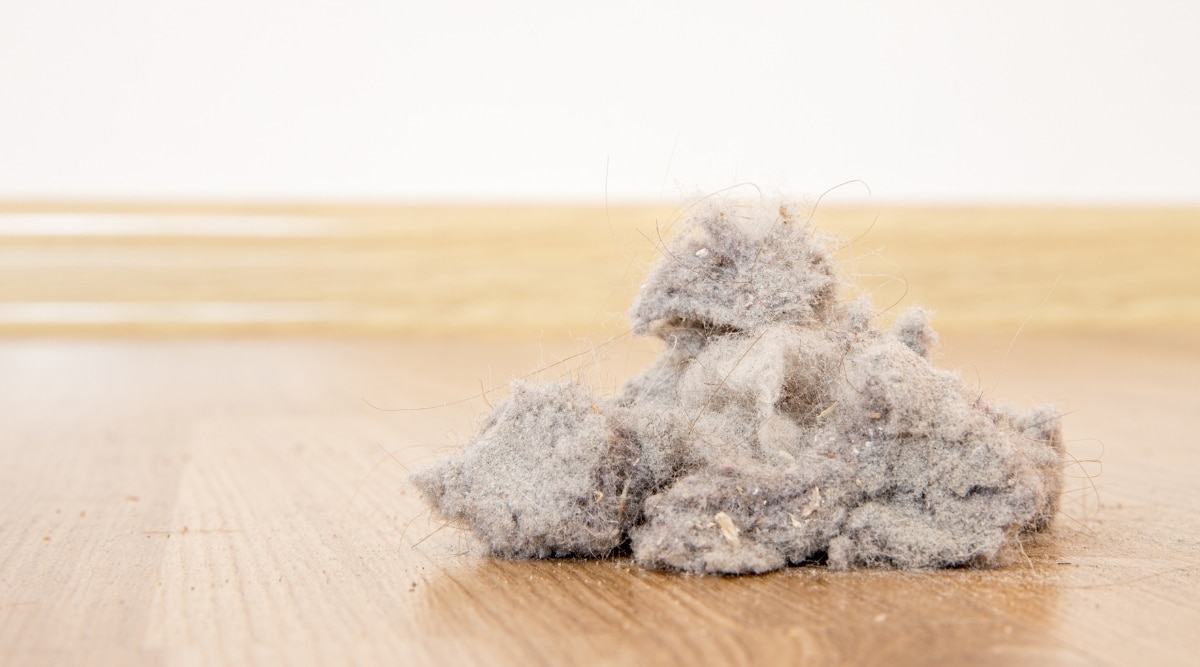
Dust mites are more predominant in your bedroom because that is where you sleep. Which, for most people, is where they spend most of their time. This is where most of your dead skin comes off.
You have covers which almost rub off your dead skin when you move. This is why you have more dead skin in your bed. Dust mites would rather be in a place where there is the most food for them. Wouldn’t you? Most of the time too you keep your room a comfy temperature for you, and that is what the dust mites like too.
What Are Dust Mites Eating?
Dust mites bite only the dead you. Not the full person though, just the little flakes that come off of you! The dust mites feed off dead skin, dead hair, and dandruff, fun stuff right? A dust mite’s life is pretty much eat, poop, and sleep!
The reason you have bug bites is that you still have dead skin on you. They eat the dead skin on you, and as mentioned earlier, leave their droppings. This results in a mosquito-like reaction.
What About Bed Bugs?
Bed bugs are somewhat visible; you are not able to see dust mites. Bed bugs are red, while dust mites are greyish-black with fine stripes. Bed bugs actually suck your blood; dust mites just eat your dead skin. At night sometimes your will smash the bed bugs when you roll around or just move, this will result in blood streaks all along your bed.
If you have dust mites you will not really be able to see them, you will just experience the symptoms listed above. Your body will have a similar reaction to the bed bugs as it does the dust mites. This is why many people confuse bed bugs and dust mites. Make sure you do your research before treating for either.
You don’t want to spend money treating for a bug you do not even have. You also don’t want to make the mistake of not doing anything and accidentally letting everything escalate. Do something immediately; this will make the cleaning and exterminating process much quicker.
Check out this infographic which compares bed bugs and dust mites:

Could They Be Mosquito Bites?
What is eating me that I can’t see? Those mysterious bites might be these tiny little dust mite bites. The reactions you have to a dust mite bites are similar to a reaction of a mosquito bite, or bed bugs.
If you are seeing small bugs or little blood marks across your sheets when you wake up, then you probably have bed bugs. If you are just getting random single bites when you wake up then you probably have a loose mosquito or spider in your room! My solution to that: Grab a shoe; find the mosquito or spider… and smash it with the shoe.
To ensure its disappearance, flushing it could never hurt!
Getting Rid of Dust Mites

Good question! We’ve established “biting mites” are a bit of a myth, but if you determine that you for sure have dust mite “bites”, then you need to start by cleaning. First begin by washing all your sheets, comforters and pillowcases. You can also buy mattress and pillow covers specially designed to keep dust mites away. Click here to see an example of a dust mite controlling pillow case.
Wash your bedding in temperatures above sixty degrees Fahrenheit. This will freeze and kill the dust mite. Using an electric blanket will dry out the dust mites and kill them.
A perfect condition for a dust mite is warm, humidity, and lots of dead skin! Flipping your mattress regularly helps keep down the amount of dust mites. Most people would say that getting a new mattress every six years helps as well. This reduces the amount of dead skin in your room, because most of the dead skin is in your mattress.
Keep the room well ventilated and cool. The less humidity you have, the less dust mites. Vacuuming regularly is a major help. To clean stuffed animals or toys, place them in the freezer overnight. That will freeze off any of dust mites. Washing in the washer and drying would ensure a clean toy.
Dust Mite Home Remedies
The main thing you can do to kill dust mites is what is listed above. Cleaning is the main thing you can do to decrease the amount of dust mites in your house. Of course, there are many sprays that exterminators have created to kill dust mites. Those could always be useful in your process of decreasing the number of dust mites in your bedroom and/or home. Also, it will decrease and hopefully stop the number of dust mite bites on you.
Dust mites come in large groups because they reproduce very quickly. The male and female dust mite put their back ends together and after about forty-eight hours an egg produces on the females back. Until the egg forms the female drags about the male. The female then lays the eggs and the baby dust mites hatch about three to four days later.
Dust mites reproduce very quickly. Their lifespan is very short too, so they will produce while they are still “young”. Because they produce quickly, this means if you find one you will probably find many more close or around where you found that one.
Well, now that I have totally grossed you out, you probably feel you have bugs crawling all over you, and you might know more than you ever wanted to know about dust mites, but thanks for reading. I hope this article helped to answer your questions on dust mites!
Share this post
Save time and money on pest control
Subscribe to expert DIY pest control tips, pest control product reviews and information.

